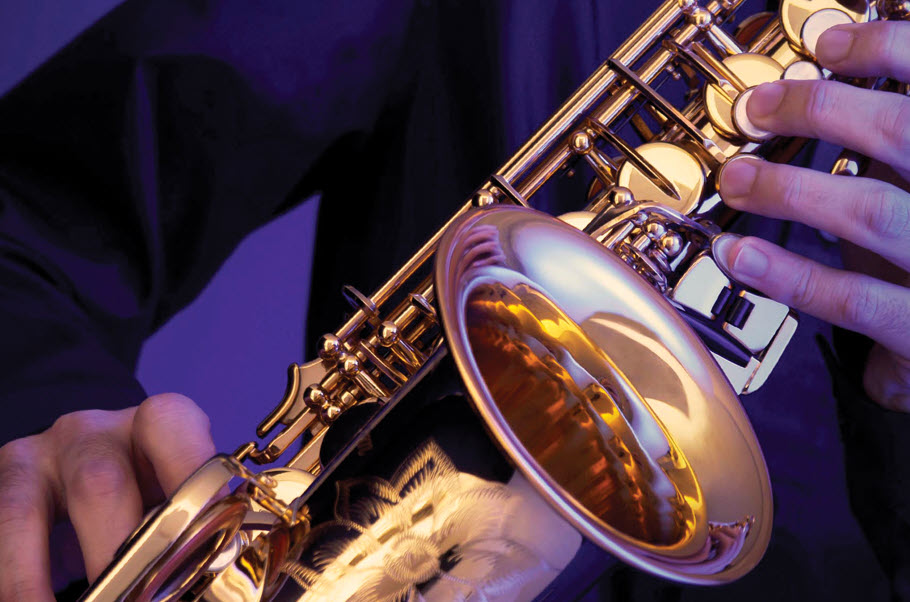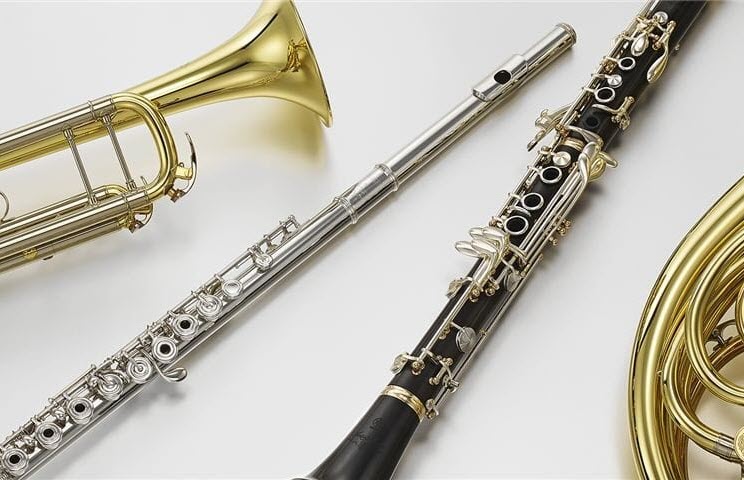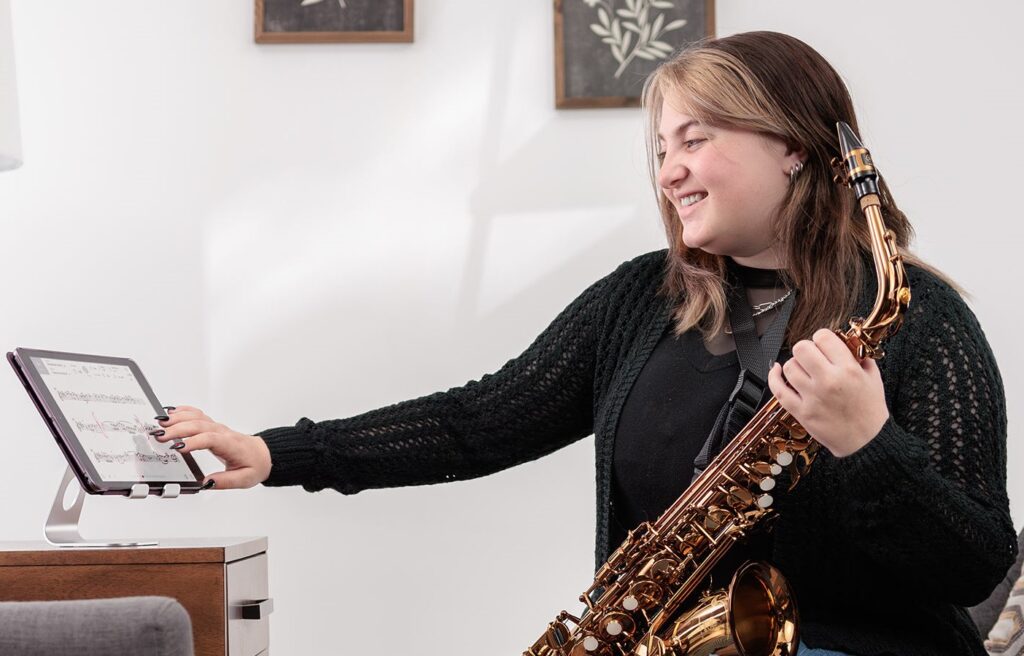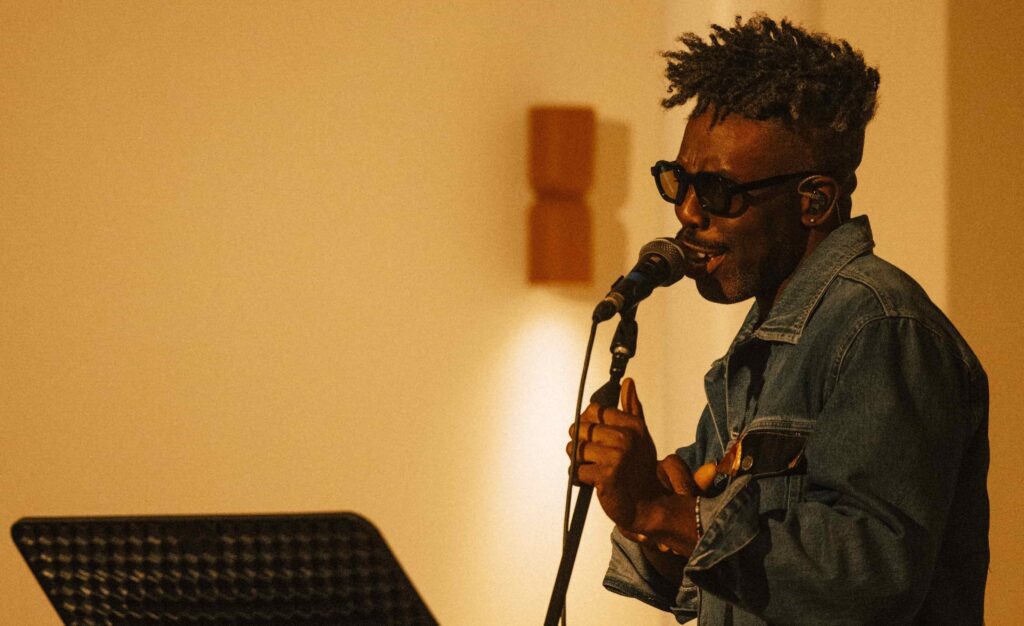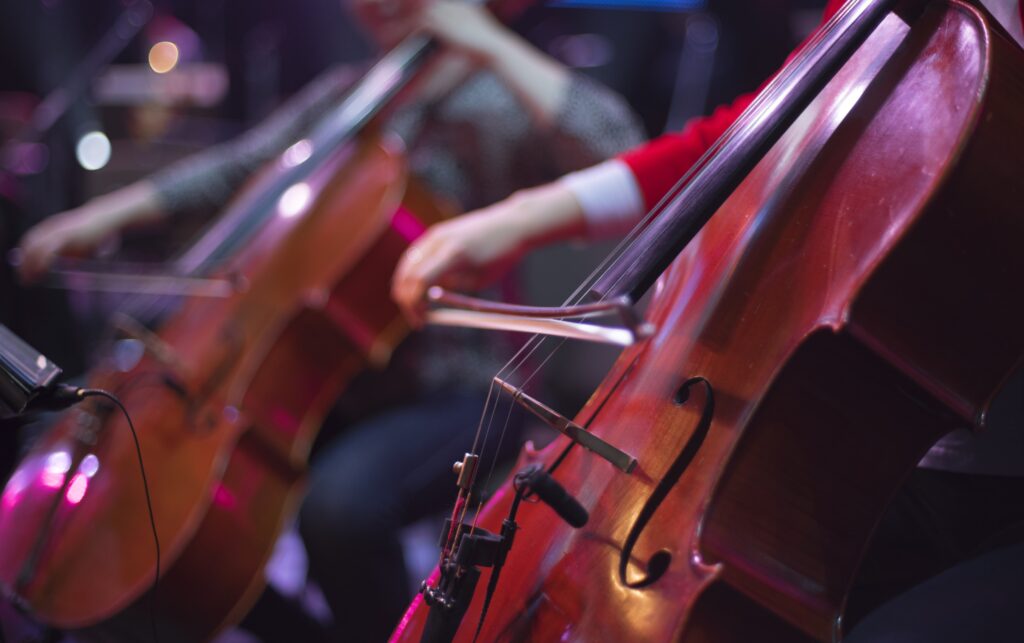Eight Awesome Trombone Solos
Stretching the limits of this uniquely versatile instrument.
The trombone has been around since the 15th century and continues to play a vibrant role in many different genres of music. Uniquely, it’s outfitted with a slide, used to alter the pitch as it is extended and shortened, thus facilitating smooth glissandos between notes.
The sheer versatility of the trombone sets it apart from other musical instruments. In the hands of a deft practitioner its sound can rival the nuance of a guitar or a singer’s voice. “My greatest teacher was not a vocal coach, not the work of other singers,” Frank Sinatra once said, “but the way [bandleader] Tommy Dorsey breathed and phrased on the trombone.”
Here are eight of the most memorable trombone solos ever recorded.
1. TOMMY DORSEY – “I’M GETTING SENTIMENTAL OVER YOU”
Initially recorded by the Tommy Dorsey Orchestra in 1935, this piece eventually became known as Dorsey’s theme song. The track begins with Tommy playing the melody softly so the trombone doesn’t compromise the guitar gently strumming underneath. The song became a standard and has been revisited for decades by numerous artists such as Jack Johnson and his Orchestra, Ella Fitzgerald with Count Basie and his Orchestra, and Joey DeFrancesco. Listen to it here.
2. CHRISTIAN LINDBERG – “FLIGHT OF THE BUMBLEBEE”
Performed with the sensibilities of an Olympic sprinter, Lindberg’s agile and frenetic pace creates an aural picture of a bee in flight. Unlike many other solos, it doesn’t build in intensity over time — it starts with a crescendo and stays there for over a minute. The composition was written by Nikolai Rimsky-Korsakov as an interlude for The Tale of Tsar Saltan, an opera he composed in 1899. It’s played during a moment in the story where Prince Gvidon is turned into bee by a magical swan. Listen to it here.
3. J.J. JOHNSON – “A NIGHT IN TUNISIA”
In the 1940’s Johnson played with Benny Carter’s Big Band and the Count Basie Orchestra. With the support of Dizzy Gillespie and Charlie Parker, he eventually evolved into one of the most pivotal musicians of the bebop era. He’s also credited with resurrecting the relevance of the trombone, which was seen at the time as an awkward instrument that couldn’t match the dexterity of the saxophone or trumpet. In this standard, written by Gillespie, Johnson’s unique precision and style — which led many listeners and reviewers to believe that he was playing a valve trombone instead of the standard slide version of the instrument — is on display throughout, but especially during his extraordinary solo and outro. Listen to it here.
4. RUSSELL SHARP – “BLUE BELLS OF SCOTLAND”
In this 2021 performance with the United States Marine Band, trombonist Staff Sgt. Russell Sharp offers a nimble rendition of this Scottish folk song (arranged for trombone by Arthur Pryor), easily shifting between rapid passages and lazy interludes as if putting the lyrics on display. (“Oh where, tell me where, has your Highland laddie gone?”) Bluebells are wildflowers native to the United Kingdom; in Scotland, they symbolize everlasting love. The song is usually played in a breezy flowing style, without pausing between notes, making it exceptionally difficult to play on trombone. Listen to it here.
5. AL GREY – “DON’T GET AROUND MUCH ANYMORE”
Trombonist Al Grey of the Count Basie Orchestra turns in a spirited rendition of this Duke Ellington standard in this performance. By using a mute to tailor the sound of the notes, he creates an aural experience that goes beyond what the original score intended. Much like the way a wah-wah pedal alters the sound of electric guitars, horn mutes produce a different quality in the music to evoke a desired effect on the listener. Grey continues the tradition by truncating some notes and extending others, while effortlessly manipulating the slide and the mute simultaneously. Listen to it here.
6. PHIL WILSON – “LONESOME OLD TOWN”
During a 1964 live performance with the Woody Herman Orchestra in England, trombonist Phil Wilson distinguished himself with this delicate, though at times aggressive, solo. He opens with a bluesy moan that rises above the steady flow of the horn section around him, then expands the theme by adding shorter, sharper, phrases but concludes the way he started, with a high-pitched moan. Listen to it here.
7. RANDY PURCELL – “FEELINGS”
In this live performance of the 1974 soft rock ballad “Feelings,” Purcell and trumpeter Maynard Ferguson pair up in an arrangement created by the trombonist. Once they establish the original melody, the duo breaks free with expressive phrasing that reaches beyond the original sheet music. During his solos, Purcell flutters during some passages while lengthening others. When the full orchestra kicks in, this melancholy staple is transformed into something greater than its radio-friendly beginnings. Listen to it here.
8. WILLIAM BILAL – “BLACK & BLUES”
Historically Black colleges and universities, also known as H.B.C.U.s, have created environments where African-American students and other nationalities can thrive in academics and athletics. Over time, they have also developed talented marching bands admired for their musicianship and choreography. In this example, the trombone section of the Benedict Marching Band transforms Al Jarreau’s mild-mannered R&B track into a fight song. The intensity of the call-and-response between the lead trombonist and his bandmates builds throughout the piece, causing endorphin levels to reach their peak. Listen to it here.













